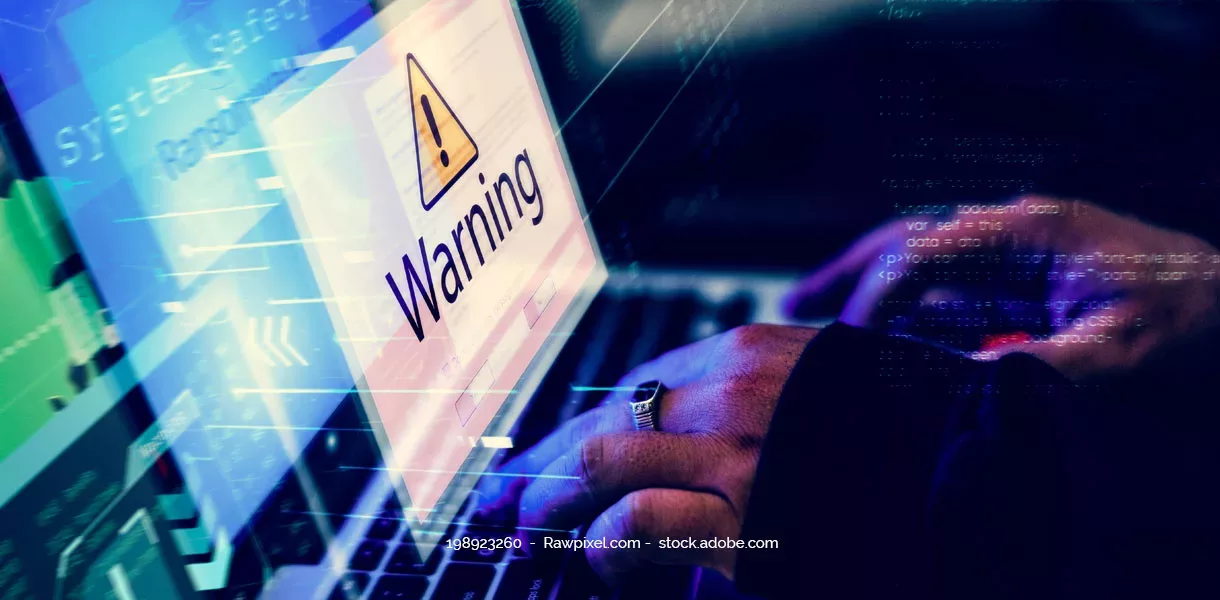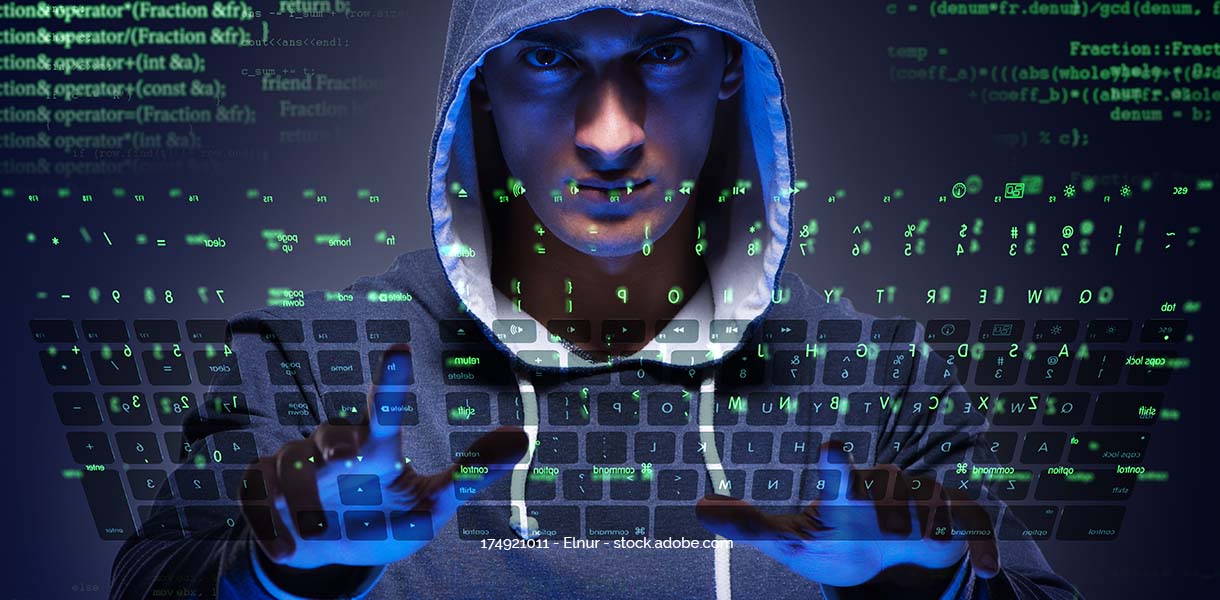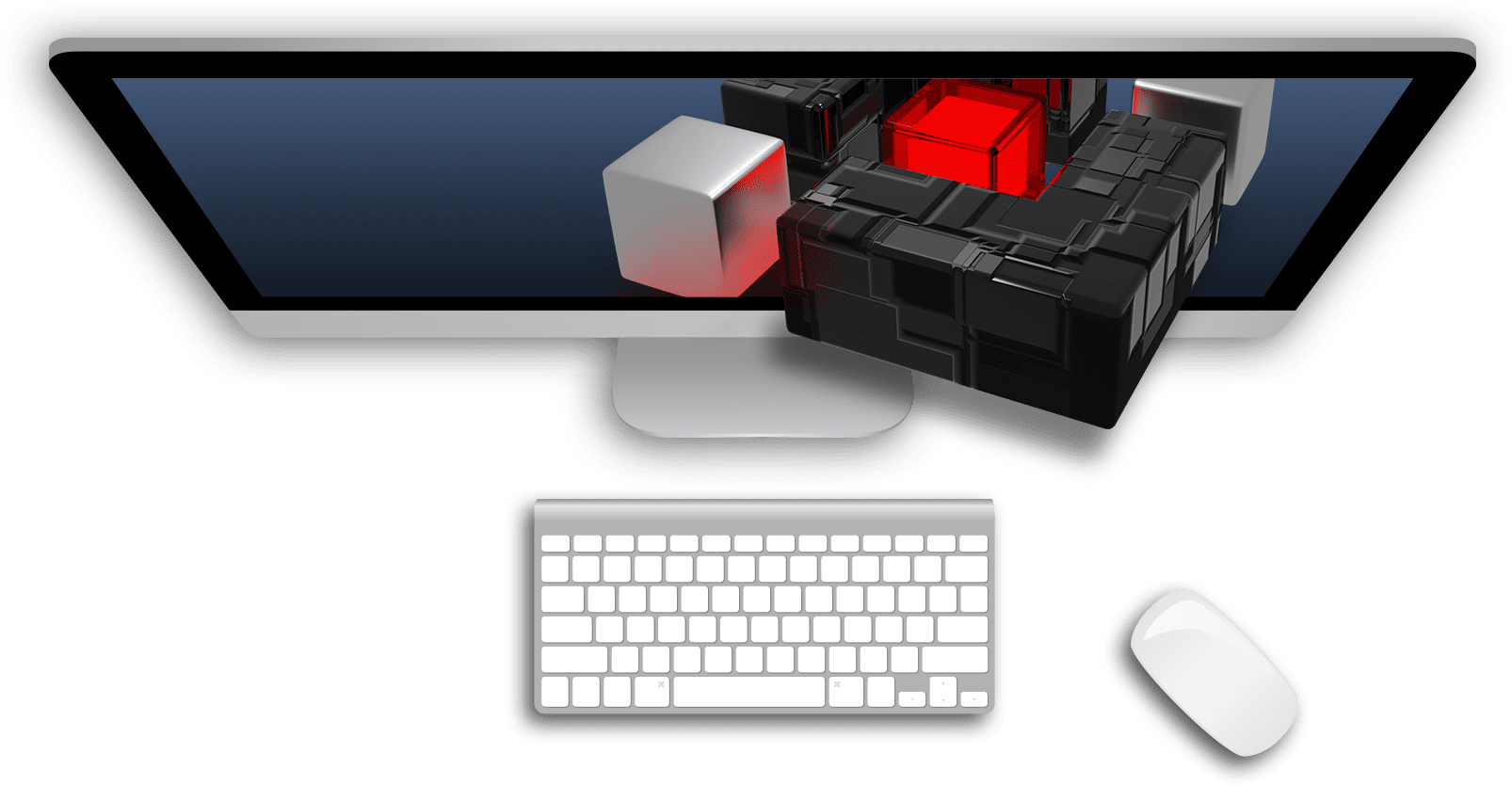Awareness of IT threats is growing in German boardrooms: According to a recent PwC survey, six out of ten of the German CEOs surveyed consider cyberattacks to be the greatest business risk. 67 percent see the sale of their products and services at risk from hacker attacks. Nevertheless, many companies are still not optimally protected against IT threats. We show how you can ensure the necessary IT security.
Why is IT security important?
With the rapid progress of digitization and increasing networking of people and machines, the risk of cyber attacks is growing. Since data and resources are often directly linked to operational business, the real danger should be countered by appropriate protective measures. The goal of IT security is to create an environment that is as low-risk and secure as possible for employees, devices, data and networks. Ideally, suitable measures converge in an IT security concept that is made up of various elements depending on the initial situation:
Endpoint security
Protection for all devices such as PCs, notebooks, tablets and smartphones used in a company. This also includes the respective applications and operating systems.
Internet security
Once an organization is online, there is a particular risk that publicly accessible systems, information and data will become the target of cyberattacks. Internet security includes the protection of information sent and received via browsers, as well as the network security of web-based applications. Firewalls, anti-malware and anti-spyware are used, for example.
Cloud Security
Enterprises are increasingly demanding applications and data in the cloud. A cloud access security broker (CASB), a secure Internet gateway (SIG) and cloud-based unified threat management (UTM) provide the necessary level of security in cloud infrastructures.
Human risk factor
A not insignificant risk is also posed by the employees of a company – often without being aware of it. This may be through the unauthorized installation of software on the company laptop (keyword: shadow IT) or the use of the private smartphone for business purposes. The key here is security awareness and educational work to sensitize the entire workforce to risks and enable them to defend themselves.
IT risks: These are the biggest dangers for companies
In the wake of the pandemic, companies have increasingly digitized analog processes, and in many places the focus has been on remote work. Remote access to systems, applications and data poses a particular challenge in terms of IT security, as company networks are becoming increasingly complex and can no longer be clearly delimited to a specific location or specific devices. In many places, errors have occurred in everyday business due to a lack of strategic IT security.
In addition, experts are observing an increasingly coordinated approach among hackers, which could be targeted specifically at certain industries in the future.
Cyber threats to enterprises also include:
Ransomware
Hackers use ransomware to encrypt a user’s or organization’s data, preventing them from accessing it. A ransom is then demanded to release access. Ransomware is a growing threat that is proving lucrative for cybercriminals, as affected companies and institutions usually have no choice but to pay the high ransoms.
Phishing
Phishing is a common scam that involves sending fake emails from supposedly legitimate senders. The fake messages unknowingly trick recipients into downloading malware or revealing confidential data.
DDoS attacks
DDoS stands for Distributed Denial of Service. In such an attack, cybercriminals use bots to cause a large number of requests to a server. The goal is to overload the server and thus cause a failure of online services and websites.
Recommended actions for CEOs to minimize IT risks
For viable IT security concepts to emerge, IT security must be firmly anchored in corporate objectives. The basis for this is growing awareness at board level. IT security should be considered in every important business decision – for example, when introducing new products or acquiring a company.
At the same time, there is no standard answer to questions about how IT security can be optimized: Depending on the industry and the initial situation, precisely tailored solutions should be implemented. The necessary level of security and the requirements for an IT security concept always depend on individual circumstances.
Ideally, a Chief Information Security Officer (CIO) is responsible for implementing an IT security strategy. In most cases, collaboration with a specialized IT security service provider such as DGC proves effective. The external security experts should have all the necessary resources for holistic security concepts and provide support in creating an incident response plan, for example.
Generally speaking, the more complex an IT infrastructure is, the more difficult it is to protect it effectively and the more attack surface it offers for cyberattacks. Accordingly, as CEO you should strive to separate the important from the unimportant and establish an IT ecosystem in your company that is as compact and clear as possible. This approach minimizes the risk of undiscovered vulnerabilities or zero-day exploits and ensures a permanently higher level of security.
IT Risks: Conclusion
Cybercrime is increasingly posing an existential threat to organizations of all kinds. Every day, companies have to deal with the devastating consequences of cyber attacks. That’s why IT security should be high on your list of priorities as a CEO. In addition to a growing awareness, concrete courses of action are required to sustainably limit risks. In doing so, you are not on your own.
As a leading IT security service provider, DGC has both the expertise and the technological infrastructure to work with CEOs to put customized IT security solutions in place for every type of company.
Feel free to contact our experts at any time if you have any questions.




